29 F. high in the cities Friday.
31 F. average high for February 22.
35 F. high on February 22, 2012.
4.2" snow fell at KMSP yesterday.
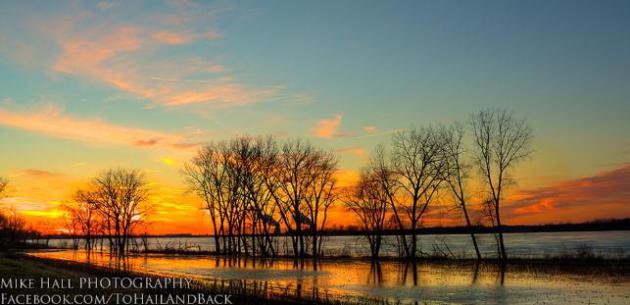 A Reluctant Spring?
A Reluctant Spring?
Last March was a gift, but most years
Minnesotans earn their spring. This will be one of those years. We'll
see 32 F next week, but it won't get warm enough, fast enough, to
trigger a sudden snowy meltdown. We'll have snow on the ground into
early March, chilling the air from below, limiting how mild it can get.
I've gone on record with my (reckless) 2013
outlook: gradual easing of the drought over Minnesota, but more severe
storms and tornadoes. This summer should be warmer and stickier than
normal, but not the steamy record-setter 2012 was.
Southern Minnesota has seen 3 separate 1 in
1,000 year floods since 2004. I expect more jaw-dropping "Black Swan"
USA weather events in 2013 due to more heat and energy in the system;
hopefully not another Sandy.
But expect the unexpected.
No dramatic warm fronts are brewing anytime
soon, any snow next Tuesday will be light and slushy - most roads wet - a
vague hint of spring to come. With Gulf moisture on the increase, and
no rapid temperature spikes, I suspect we'll pick up at least another 10
inches of snow, on top of the 35" that's already fallen.
A 45 inch winter? That's happened only a third of the winters since 2000; only once since 2005. Nice to see it can still snow!
* photo: Mike Hall.
Friday Snowfall. According to
National Weather Service reports
most of the metro did pick anywhere from 2-5", generally more on the
south/east side of the Twin Cities. Around 5" was reported at Lakeville
and Apple Valley, 4.5" at White Bear Lake. Many close-in suburbs saw
less than 3" or so, still enough to shovel, plow and turn some streets
into skating rinks.
WInter Snowfall Records. Keep in mind official snow
(and rain) records were kept at the Chanhassen NWS between 2000 and
2004, but looking back at the least 13 years we've only had 4 winters
with more than 45" of snow. The new 30 year rolling average (1981-2010)
is 54.4". At the rate we're going I wouldn't be at all surprised for us
to see at least 45" for much of the metro area this winter. 125 years of
Twin Cities snowfall records
here, courtesy of the Minnesota Climatology Working Group.
March: Slightly Milder and Wetter. The CPC (
NOAA's Climate Prediction Center) outlook
for March is above, showing an eventual thaw, a wetter than average
moisture bulls-eye over the Upper Midwest and Great Lakes.
Spring Preview.
CPC
is predicting a warmer than normal spring for much of the United
States; wetter from MSP to Detroit and Chicago, but drier for the Deep
South, Florida and most of the western USA.
Summer Guess-Cast. Continuing a recent trend,
CPC
shows another baking summer for most of the USA, although I still
suspect it won't be quite as hot as last summer. I just can't imagine 2
years like that, back to back. A dry bias is likely over the Southern
Plains and Pacific Northwest. Place your bets.
More Snow = Slightly Elevated Flood Risk for Red River Valley? Here's an excerpt from Mark Seeley in his weekly
Weathertalk Newsletter: "
NOAA's
National Hydrologic Remote Sensing Center reports that over western
portions of Minnesota the snow pack water content varies from 2 to 5
inches as of February 20, 2013. These water contents are relatively
high as the moisture content of January and February snows has been
more than normal. The higher water contents in the southern end of the
Red River Valley are of concern for spring flood forecasting. You can
follow the week to week assessments of snow cover and snow water
content using their web site at http://www.nohrsc.nws.gov/"
..."
The CPC also sees good chances for some continued alleviation
of drought across our state through the end of May. The hydrologic
features (lake levels and stream flows) will benefit from above normal
precipitation whether it comes as rain or snow. The soil will not
benefit much until it thaws out later in the spring. Right now soil
frost depths still range from 20-40 inches deep in many areas and will
take some time to thaw out..."
Chilly Into First Week of March. The NAEFS
experimental long range temperature forecast (first week of March) shows
a warming trend across much of Canada, but cooler than average
temperatures from the Midwest to Florida. No early spring this year.
Check On That "Gently Used" Car. I would be very
careful about buying a used car these days - especially one that
originated on the east coast. Here's an excerpt from
The Daily News: "
Nearly
four months after Hurricane Sandy, the total number of cars damaged in
the storm has now past the 250,000 mark, according to preliminary
numbers released by the National Insurance Crime Bureau. The NICB’s
numbers are based on Sandy-related claims made to its member insurance
companies. NICB member companies make up 88 percent of auto insurance
available in the United States..."
Photo: funnychill.com.
Friday Climate Data.
6.1" Rochester
4.2": MSP
4.1": Duluth
1.3" St. Cloud
Paul's Conservation Minnesota Outlook for the Twin Cities and all of Minnesota and western Wisconsin:
TODAY: Mix of clouds and sun, quiet. Winds: W 10. High: 28
SATURDAY NIGHT: Patchy clouds. Low: 12
SUNDAY: Mostly cloudy, no problems. High: 30
MONDAY: Cloudy, probably dry. Wake-up: 19. High: 32
TUESDAY: A little wet snow? Mainly wet roads. Wake-up: 23. High: 33
WEDNESDAY: Lingering clouds, few flurries. Wake-up: 24. HIgh: 32
THURSDAY: More clouds than sun, drying out. Wake-up: 18. High: 31
FRIDAY: Gray. Doesn't feel like March (yet). Wake-up: 15. High: 30
* photo above courtesy of Penny Compton Campbell and WeatherNation TV.
Climate Stories...
Arctic Sea Ice Volume Now One Fifth Its 1979 Level.
For 30 years professional (in many cases paid) climate deniers have
squawked about "alarmists and hype". When it comes to ice volume in the
Arctic the changes are happening faster than even the most aggressive
climate models predicted. Here's an excerpt from
Jeff Master's Wunderblog: "...
With two years of data to Cryosat-2 data to analyze, the results of the PIOMAS model have now been confirmed by a study published on-line in February 2013 in Geophysical Research Letters. In a University of Washington news release,
co-author Axel Schweiger said, "people had argued that 75 to 80
percent ice volume loss was too aggressive. What this new paper shows
is that our ice loss estimates may have been too conservative, and that
the recent decline is possibly more rapid." The U.K.'s Natural Environmental Research Council reported
that the team of scientists found that from 2003 to 2012, the volume
of Arctic sea ice declined 36% in the autumn and 9% in the winter. The
measure of sea ice volume is a good indicator of how the Arctic's most
stable, "multi-year" ice is fairing. As the multi-year ice declines,
sea ice extent, the total area covered by sea ice, in an "Arctic death spiral".
Graphic credit above: "
Arctic
sea ice volume in thousands of cubic kilometers during the September
minimum in 1979 compared to 2012, as estimated by the University of
Washington PIOMAS model. Arctic seas ice volume has declined by more
than a factor of five. Image credit; Andy Lee Robinson."
Poll: Climate Change A Top Concern For Latinos. This caught my eye, and in
Fox News Latino,
no less. Maybe someone at Fox News Latino will communicate this
headline to the Fox Mothership. Wait, aren't Republicans trying to court
Latinos? But many continue to deny that climate change is even a
problem. My head hurts. Here's an excerpt: "...
The poll showed 74
percent of Latinos -- 1,218 were polled -- believe climate change is a
very serious problem. This number is almost 10 percent higher than the
national average among all American adults. “What was surprising was
that once again Latinos have higher support for taking action against
global warming,” said Quintero..."
Kerry Comes Out Swinging On Climate Change. Here's an excerpt of a story at
The Hill: "...
Kerry
again signaled that he hopes to use his role as top diplomat to
promote green energy technologies, arguing they can provide a major
boost to U.S. industries in the “next great revolution in our
marketplace.” He also cited the prospect of new markets for “America’s
second-to-none innovators and entrepreneurs.” “We need to commit
ourselves to doing the smart thing and the right thing and to truly
take on this challenge, because if we don’t rise to meet it, then
rising temperatures and rising sea levels will surely lead to rising
costs down the road. Ask any insurance company,” he said..."
Solutions For Climate Change Aren't Either/Or. Here's the conclusion of an Op-Ed at
billmoyers.com: "...
President
Obama’s decision on Keystone XL is at the top of our list because it’s
the most immediate decision he can make to fight climate disruption.
The reason why Americans want to stop tar sands is because they
recognize something that short-sighted critics seem to have overlooked:
The president cannot be serious about fighting climate disruption and
approve the Keystone XL tar sands pipeline. This pipeline would open
the floodgates for one of the filthiest fuel sources in the world. It
would pump some of the filthiest, most carbon-intensive fuels through
our country and onto the world market. President Obama can’t have it
both ways."
Photo credit above: "
Thousands of protestors gather at the
National Mall in Washington calling on President Barack Obama to
reject the Keystone XL oil pipeline from Canada, as well as act to
limit carbon pollution from power plants and '€move beyond'€ coal and
natural gas, Sunday, Feb. 17, 2013." (AP Photo/Manuel Balce Ceneta).
Unlocking The Conspiracy Mindset. You just can't make this stuff up. Here's a snippet of a story from Justin Gillis at
The New York Times: "...
The
strongest finding in the survey was that ideological belief in an
unregulated free market tended to be a predictor of someone’s
willingness to reject the findings of mainstream climate research. No
great surprise there. It was the secondary findings that set off a
brouhaha. Dr. Lewandowsky’s survey results suggested that people who
rejected climate science were more likely than other respondents to
reject other scientific or official findings and buy into assorted
fringe theories: that NASA faked the moon landing, that the Central
Intelligence Agency killed Martin Luther King Jr., that the AIDS virus
was unleashed by the government, and so forth..."
USDA On Climate Change: Adaptation For Agriculture, Forests. Here's a segment of a story at
The Energy Collective: "
Crop
production may shift along with changing temperature and precipitation
patterns, but that doesn’t lessen the likely disruption to lives,
livelihoods and communities in agricultural, forest and other areas
where local economies across the country depend on natural resources,
or to residents of urban areas ultimately dependent on the water, food,
fiber and materials ecosystems provide. For example, the annual cost
of weed control in the U.S. total more than $11 billion, according to
the report. That’s expected to increase with rising temperatures and
carbon dioxide concentrations, which will add to rising food costs.
Similarly, rising temperatures and changing precipitation patterns will
also have impacts on livestock production. “Heat stress for any
specific type of livestock can damage performance, production, and
fertility, limiting the production of meat, milk, or eggs..."

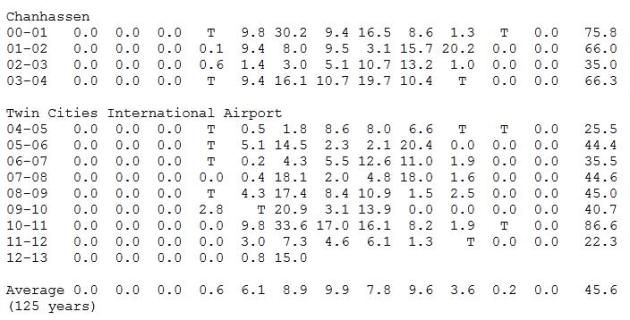

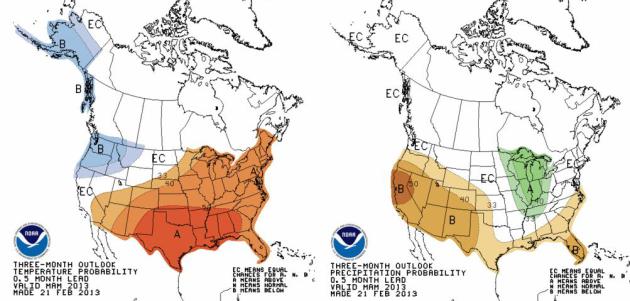

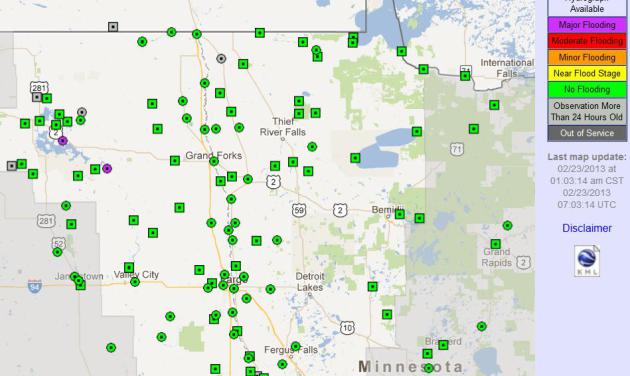
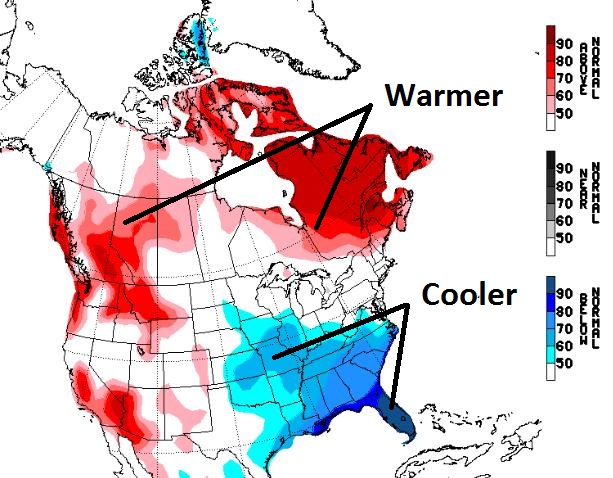

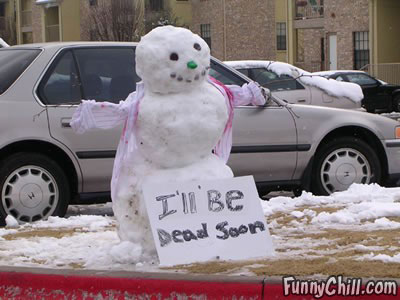


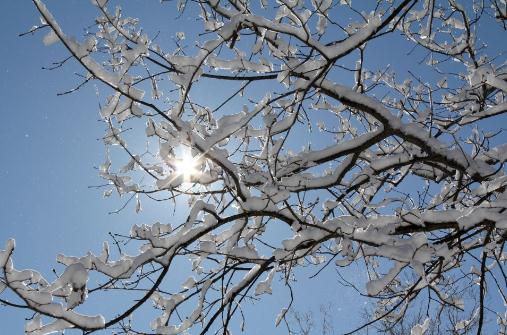
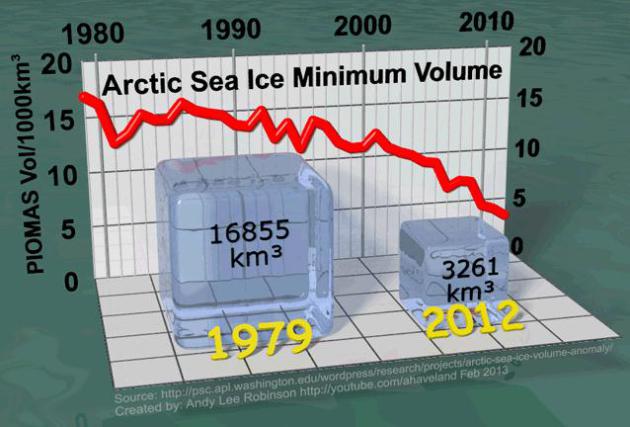



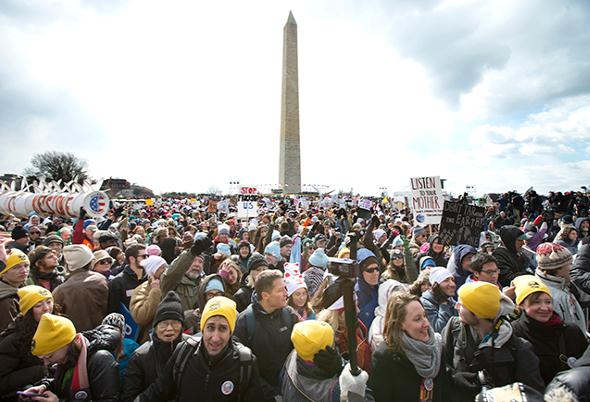

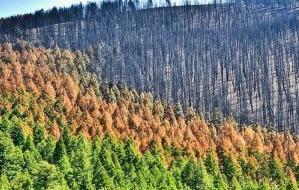

No comments:
Post a Comment